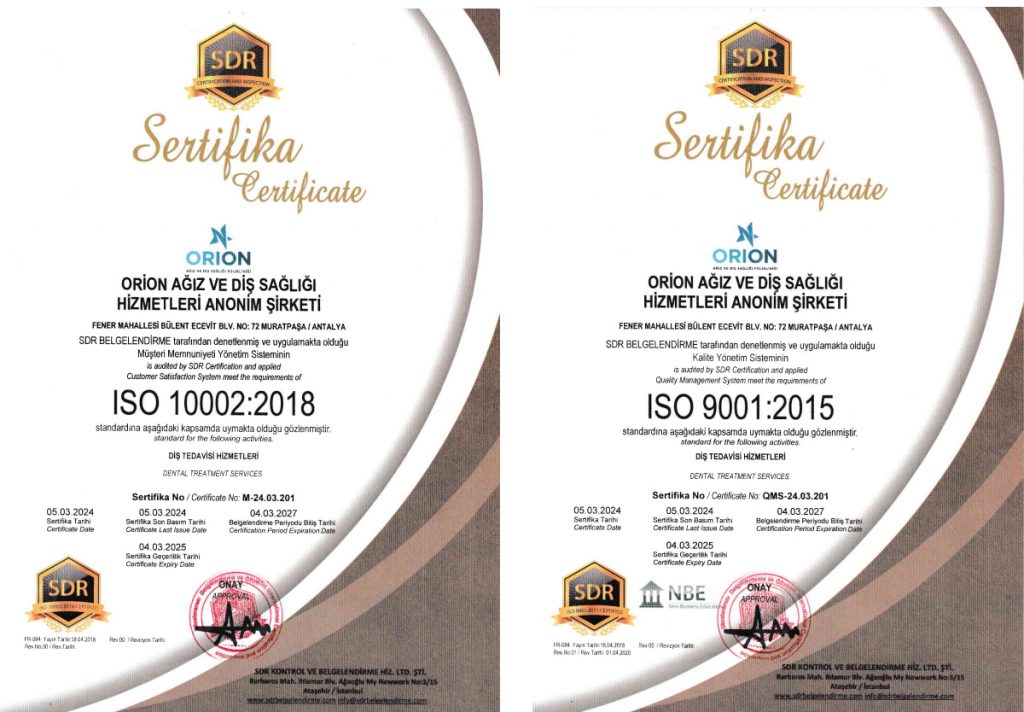- Fener Mah. Bulent Ecevit Blv. No:72 Muratpasa/ANTALYA
Endodontics is a root canal treatment known as the public In fact, this word of Greek origin is the result of the combination of endo “inside” and odont “tooth”. As can be understood from here, it is a science that deals with the inside of the teeth and eliminates the problems that arise here.
Complaints are usually problems such as pain that does not go away in the teeth for a long time after consuming a hot or cold food, significant swelling and throbbing pain in the neck area. The reason for these is that the decay in the teeth has gone deep. When diagnosing such complaints, it is not correct to say that it is a condition originating from teeth alone. If this situation, which occurs after all controls are provided, is caused by the tooth and the tooth needs root canal treatment, treatment is provided at this stage.
Contrary to what is known, there is no situation that root canal treatment will not be performed again in a tooth with root canal treatment. Inadequate or wrong canal treatments can later lead to inflammation. Or, a well-made treatment can lose its isolation for different reasons and become inflamed due to bacteria leakage. All these reasons lead to the need for root canal treatment.
Root canal treatment is the most frightening and difficult to understand treatment among dental procedures for our patients By summarizing here the main lines of the endodontic treatment procedure we do in our clinic, we aimed to eliminate the curiosity and fear of our patients about root canal treatment.
In order to understand the functioning of root canal treatment, we first need to understand the dental anatomy briefly. “Crown” to the part of the tooth visible in the upper part of the gum; The part that is not visible in the mouth and inside the bone is called “root”. A tooth consists of several layers. Outermost layer; The part seen above the gum border is called ‘enamel’. Enamel is the hardest and most mineralized substance in our body. Below the gingival border, a substance called ‘cement’ covers the root surface. Under the enamel and cement layers, there is a structure called “dentin”. Although dentine is almost as hard as bone, unlike enamel, it is a structure that contains nerve endings. A substructure of dentin is called ‘pulp’. Pulp consists of small and large blood vessels, connective tissue, nerve fibers, and various cells. During the growth and development of a tooth, the pulp’s job is to nourish it. When a tooth is fully developed, the only function of the pulp is; It is to inform that you are injured or infected (inflamed) by transmitting pain.
Sometimes the pulp can become inflamed. In this case, the pulp should be removed with root canal treatment. Root canal treatment is the only way to keep such a tooth in the mouth. A fully developed tooth can function successfully without pulp.

Copyright © 2022 Orion. Tüm Hakları Saklıdır.